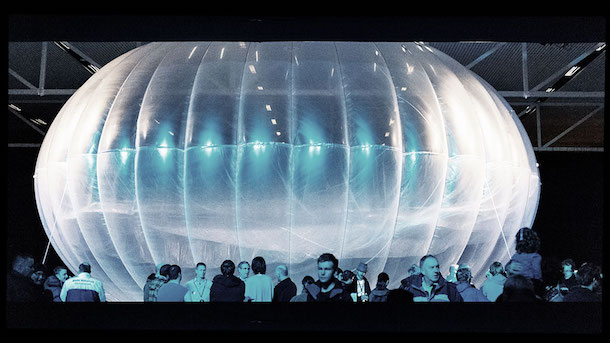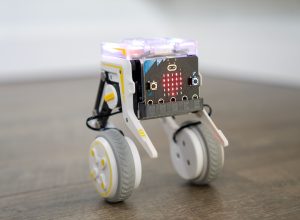Google is moving ahead with its project to beam Internet connection to remote areas from the skies above. The latest development with the project involves a series of testing to demonstrate the necessary requirements to get Project Loon going.
But this early, some are protesting over the implications that the planned testing has in regard to humans and the environment. Will Project Loon testing pose a hazard to them?
The protests have even been forwarded to the Federal Communications Commission, albeit in an informal way. Google was quick to argue against the claims raised by the project’s opponents, saying there is no basis for the supposed danger that Project Loon poses to the environment and humans.
In the point of view of other tech telecommunications companies, Project Loon is a threat to their wireless services. In a reply letter to the FCC, Google said that the experimental operations with Project Loon is in no way dangerous to anyone. In fact, the search giant added, the radio frequency emitted by the telcos are far riskier to humans than that of the Project Loon tests.
The Project Loon research team is still in its developmental phase, so we can expect a lot more testing in the future, unless Google decides to ditch it outright. Google X, the team behind Project Loon, wants to provide Internet services to rural and underserved areas across the world that struggle to connect to the Web, and to the modern civilization.
Project Loon will employ high-altitude balloons to be sent to the stratosphere in order to form a wireless network in the skies that will compete the 4G speed. The loons will fly as high as 60,000 feet, which Google sees fit to serve the underserved communities, especially in developing countries or third-world nations.
How will Project Loon work
The balloons will be designed to send signals to the ground after it receives the same from antennas up in the skies. These antennas will point to the sky, contrary to the belief that it would point to the ground, which otherwise makes it harmful. And considering the 60,000 feet altitude, we can safely surmise that it would be safe to humans.
Although the tests are set to kick off, Google has yet to announce plans to roll out the balloons for the consumers patiently waiting to connect to the Internet. Countries, where the testing will take place, include Australia, New Zealand, Argentina and Chile.




